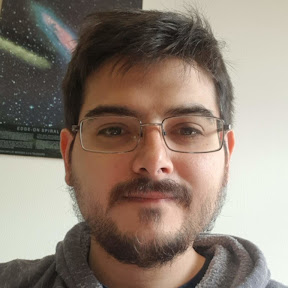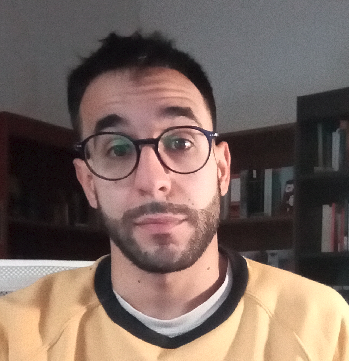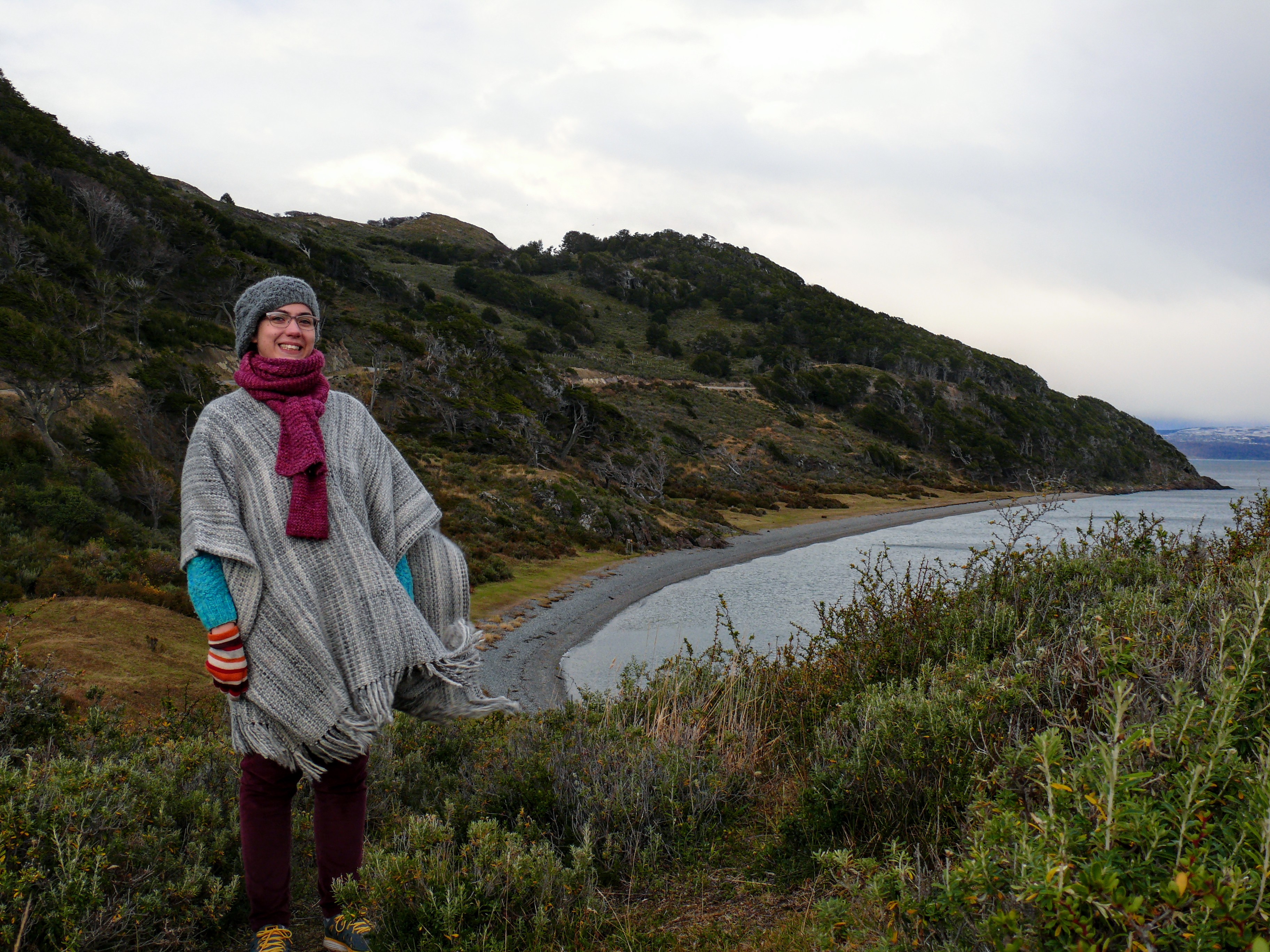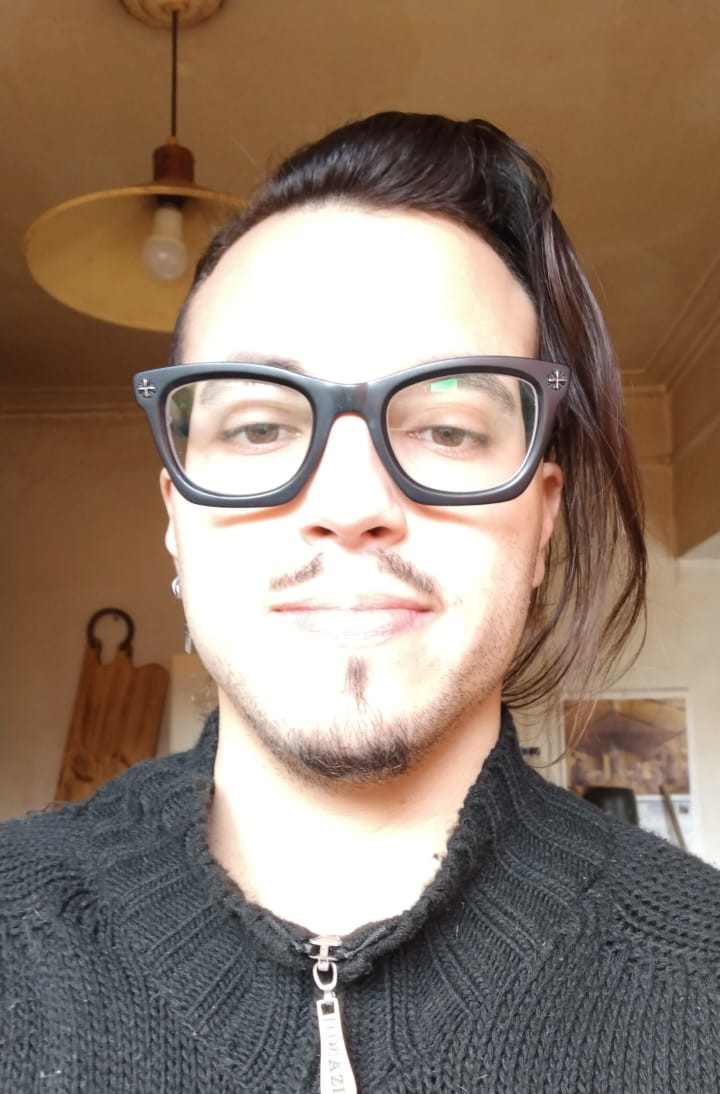People
Researchers:

Dr. Susana Pedrosa
I am a researcher at the Institute for Astronomy and Space Physics, University of Buenos Aires/CONICET, specializing in the physics processes underlying the formation and evolution of galaxies. My primary approach involves numerical simulations. Presently, I co-lead the Numerical Astrophysics and Extragalactic Group. Additionally, I am an advocate for the role women in science and gender equality. I also derive great enjoyment from and place value on science popularization activities.

Dr. Leonardo Pellizza
Leonardo J. Pellizza (b. 1971) is a senior researcher at the National Research Council of Argentina. He earned a M.Sc. in Physics at the University of Buenos Aires (1998), and a Ph.D. in Astronomy at the University of La Plata (2003). He worked as a postdoc in the Commissariat à l’Énergie Atomique (Saclay, France), and with a permanent position at the Institute for Astronomy and Space Physics (Buenos Aires, Argentina) and the Argentine Institute for Radioastronomy (Villa Elisa, Argentina). He served as Director of the latter (2018), and as President of the Argentine Astronomical Society (2017-2020). His area of interest is at the crossroads of extragalactic and high-energy astrophysics, investigating the effects of X-ray and gamma-ray sources on the evolution of galaxies and the intergalactic medium, especially in the Early Universe.

Dr. Lucas Bignone
My name is Lucas Bignone. I am currently a CONICET researcher at the Instituto de Astronomía y Física del Espacio (IAFE) in Buenos Aires, Argentina. Our group focuses on using numerical simulations to study the formation and evolution of galaxies. I am also very interested in machine learning and deep learning techniques, specially applied to examining the morphologies of galaxies.
At the moment, I am working on several projects implementing supervised and unsupervised deep learning methods to study the shapes of galaxies and their morphological components.
Previously, I was a FONDECYT postdoctoral fellow at Andrés Bello University in Santiago de Chile, where I worked with Patricia Tissera on numerical simulations of galaxy formation.
I obtained my Ph.D. in Physics at the University of Buenos Aires in 2017 working with Patricia Tissera and Leonardo Pellizza on the properties of long gamma ray bursts and their host galaxies.
I obtained my Master’s degree in Physics at the University of Buenos Aires in 2011 working with Leonardo Pelliza and Andrés Piatti studying formation mechanisms of Milky Way open clusters.
In 2017, I taught a numerical astrophysics course for astronomy Master students at Andres Bello Univeristy. Until 2017, I also taught an introductory astronomy course for high school students at the astronomical observatory of the Colegio Nacional de Buenos Aires.
Postdocs:

Dr. Pedro Cataldi
Pedro Cataldi joined the Institute of Astronomy and Space Physics (IAFE) in early 2016 as an undergraduate student under the direction of Dr. Susana Pedrosa and Dr. Patricia Tissera. He works on galaxy formation and alternative cosmological models, in a numerical context.
Long earned his Ph.D. in physics from the University of Buenos Aires in 2023, currently he is doing a postdoctoral research, where he mostly focused on analyzing the signs of galaxy assembly bias in LSST survery and in cosmological numerical simulations.
PhD Students:

Lic. Marina Badaracco
Ciao! I am Marina Badaracco, an Argentinian astronomer pursuing a Ph.D in Physics at the University of Buenos Aires, Argentina. My thesis is about the energy feedback of High Mass X-Ray Binaries (HMXBs) over the interstellar and intergalactic media during the Epoch of Reionization.
I coupled our population synthesis model of HMXBs to hydrodynamical cosmological simulations and obtained, according with previous results, not only that the energy feedback of these objects is significant but that the sizes of their populations increases at low metallicity. Currently I am getting acquainted with Machine Learning techniques, with the purpose of being able to distinguish HMXBs with X-rays observations only, dispense with the visual counterpart.
During my “free time” (if any!) I like to ride my bike, play not-that-well my violin, imparare italiano, and relax above all.
Ci vediamo!

Lic. Lautaro Carvalho
Lautaro Carvalho joined the Institute of Astronomy and Space Physics (IAFE) in 2023 as a Ph.D. student under the direction of Dr. Leonardo Pellizza. He’s currently working on numerical simulations of the early Universe, analyzing the effects of Cosmic Rays on the Intergalactic Medium during the Cosmic Dawn and how they may have contributed to the reionization Universe.
Undergraduate Students:

José Castagnino
José Castagnino joined the institute of Astronomy and Space Physics in 2024 as an undergraduate student under the direction of Dr. Susana Pedrosa and Dr. Lucas Bignone. He’s currently studying galaxy morphology using machine learning models.
He’s an applied math student with extensive background as a software developer building data-driven products. He works in a biotech company, focusing on mathematical models for transcriptomic inference and in optimization of protein output in a biomanufacturing context.